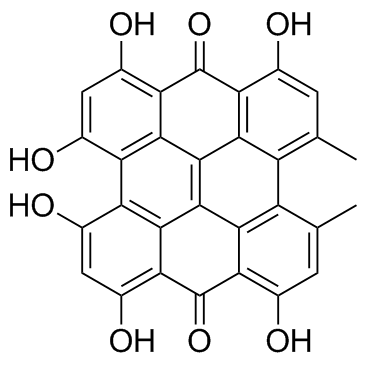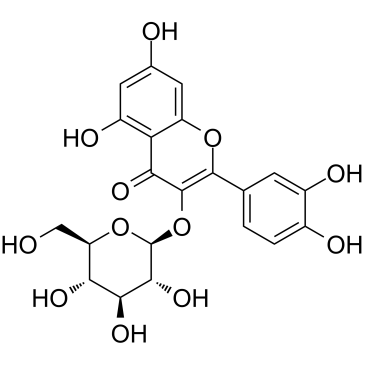| Structure | Name/CAS No. | Articles |
|---|---|---|
 |
Quercitrin
CAS:522-12-3 |
|
 |
Hypericin
CAS:548-04-9 |
|
 |
Isoquercitrin
CAS:482-35-9 |
|
 |
amentoflavone
CAS:1617-53-4 |